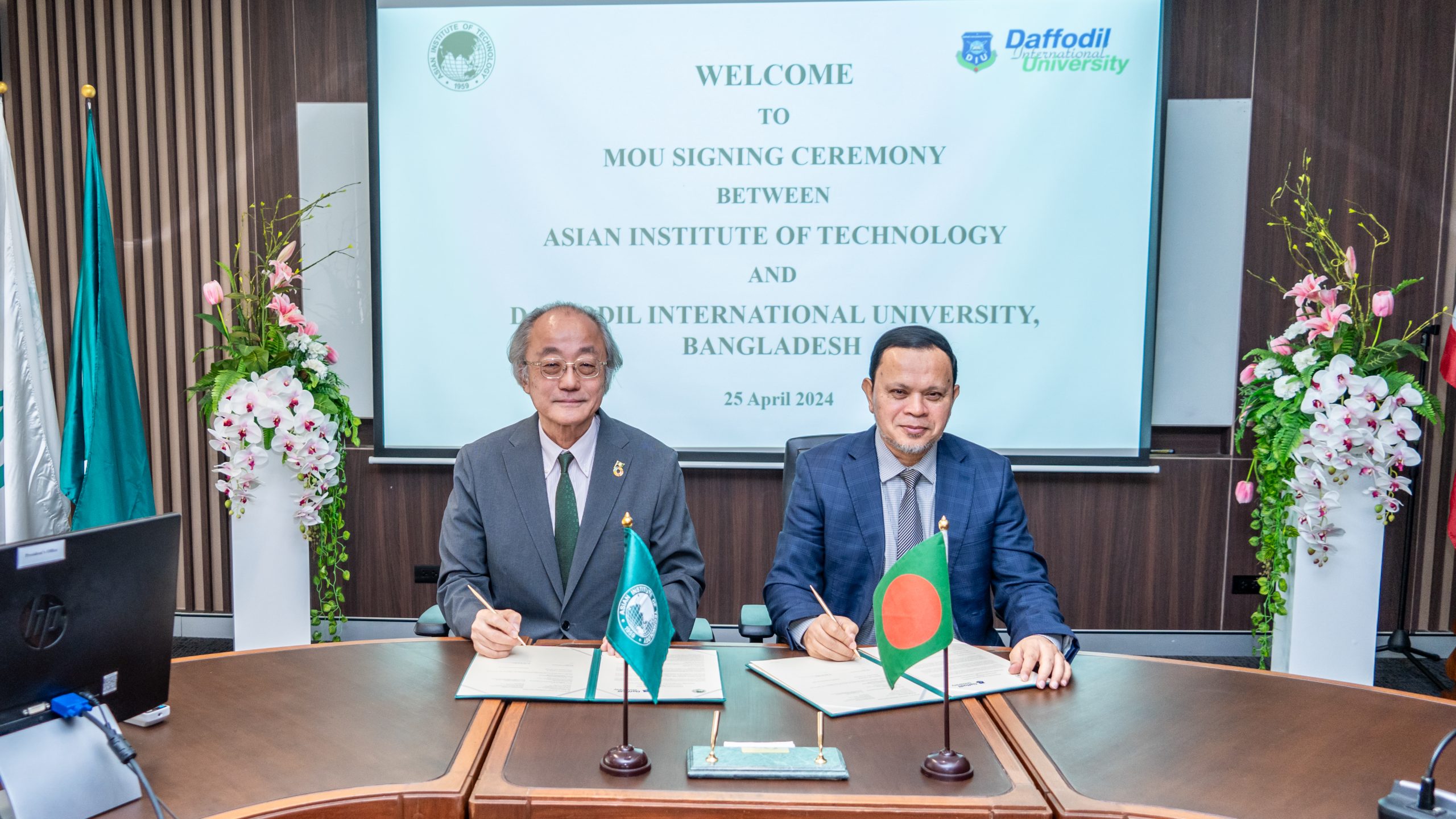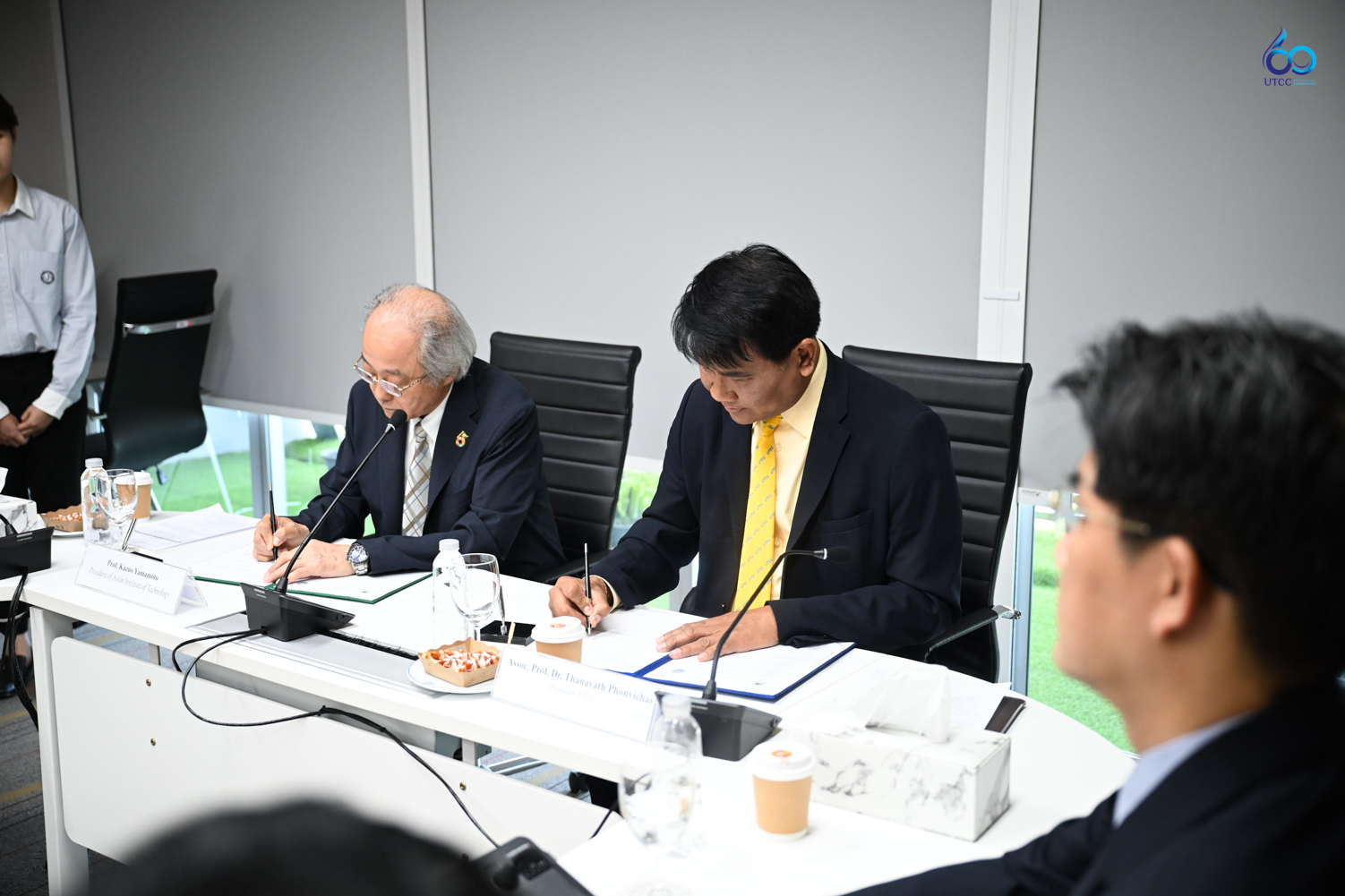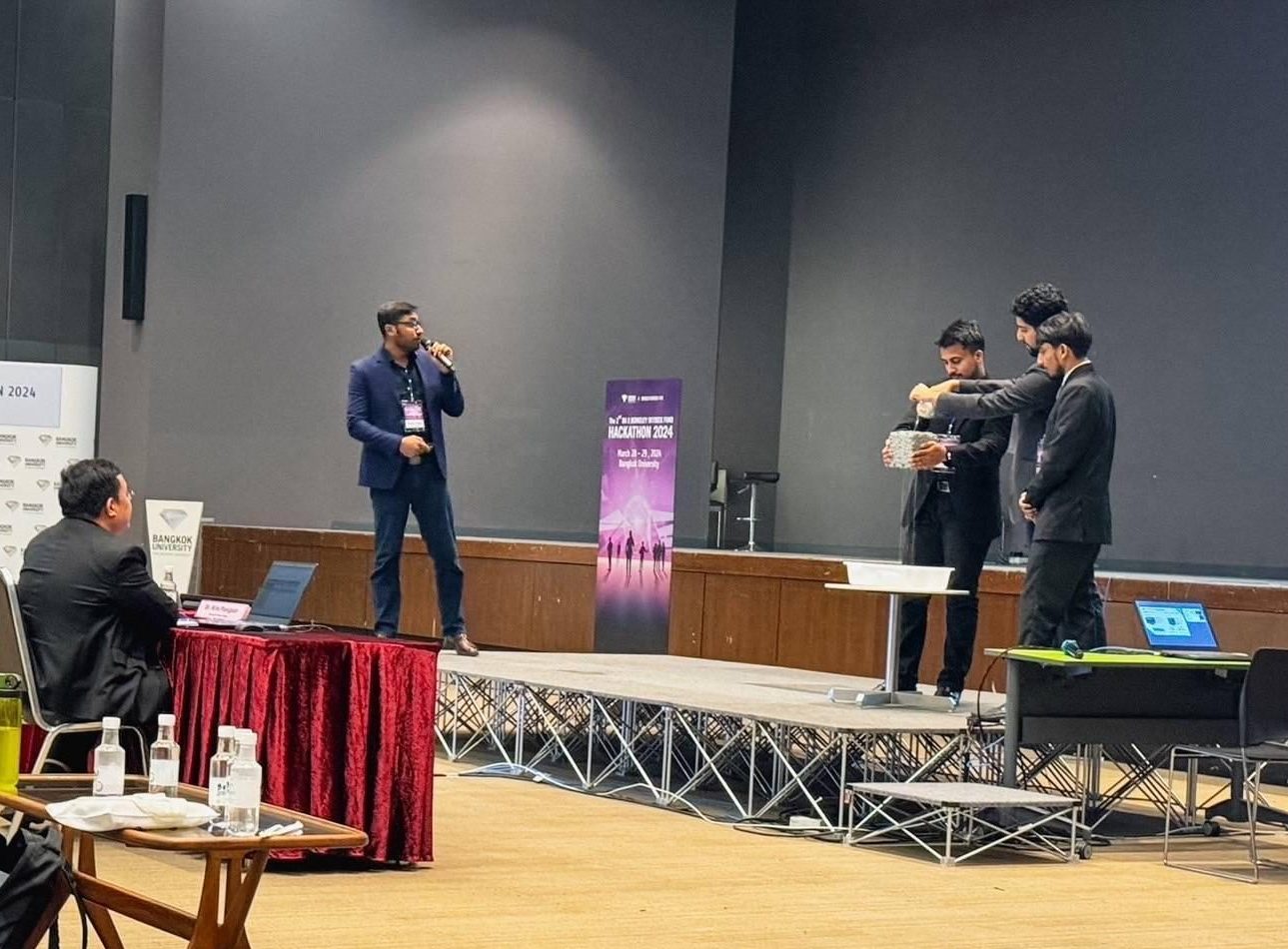By School of Engineering and Technology
In a remarkable research milestone, we proudly announce the exceptional achievement of our student Jyotirmoy Pathak, a second-year master’s student studying in the Bio-Nano Materials Science and Engineering Program. We extend our warmest congratulations to him. Jyotirmoy has recently co-authored a significant paper entitled “Crustacean Shell Waste-Derived Chitin and Chitin Nanomaterials for Applications in Agriculture, Food, and Health – A Comprehensive Review,” which has been published in the prestigious Carbohydrate Polymer Technologies and Applications journal (Impact Factor: 5.5).
Chitin, a naturally abundant polymer, forms the crucial structural component of crustacean shells. The crustacean processing industry generates a considerable annual volume of shell waste, amounting to millions of tons, with the majority unfortunately ending up as environmental pollutants. However, this underutilized waste resource harbors substantial potential for conversion into valuable chitin and chitin nanomaterials.
Mr. Pathak’s paper outlines the methodologies for extracting chitin from crustacean shell waste, shedding light on recent advancements in the isolation of chitin nanomaterials, including Chitin Nanocrystals (ChNCs) and Chitin Nanofibers (ChNFs) derived from purified chitin. Moreover, this publication serves as a comprehensive exploration of the current practical applications of chitin and chitin nanomaterials across diverse sectors, encompassing agriculture, biomedicine, and the food industry. It provides valuable insights into the vast potential of this polymer for future research and development endeavors.

Figure 1: Graphical Abstract of the Paper from Ngasotter, et al. (https://doi.org/10.1016/j.carpta.2023.100349)
This achievement stands as a testament to Pathak’s dedication and commitment to producing high-quality work. We take immense pride in witnessing our students engage in impactful research initiatives and collaborate with researchers from various institutions.
For those interested in exploring this groundbreaking research, the paper is accessible via the following link: Link to paper.








